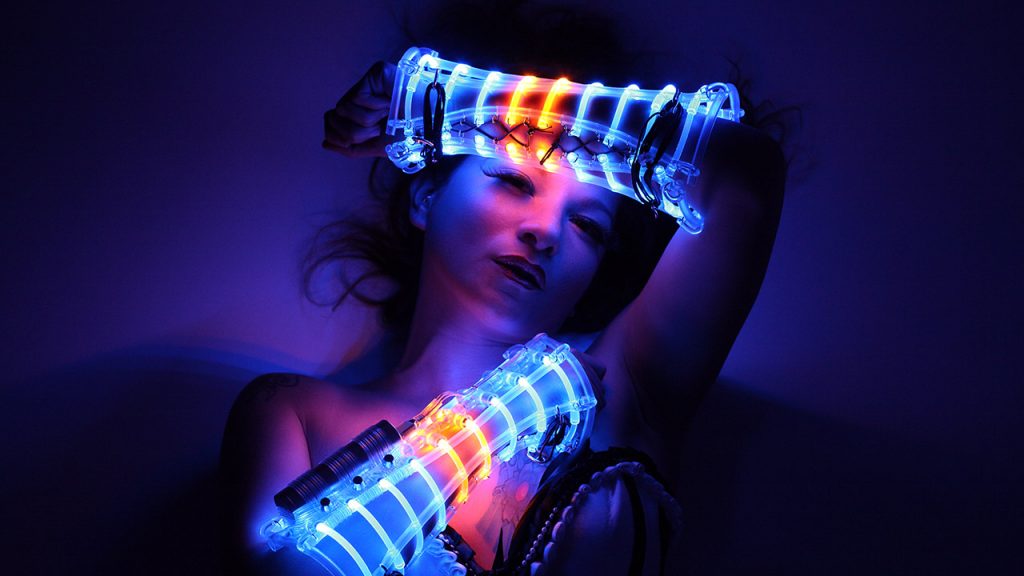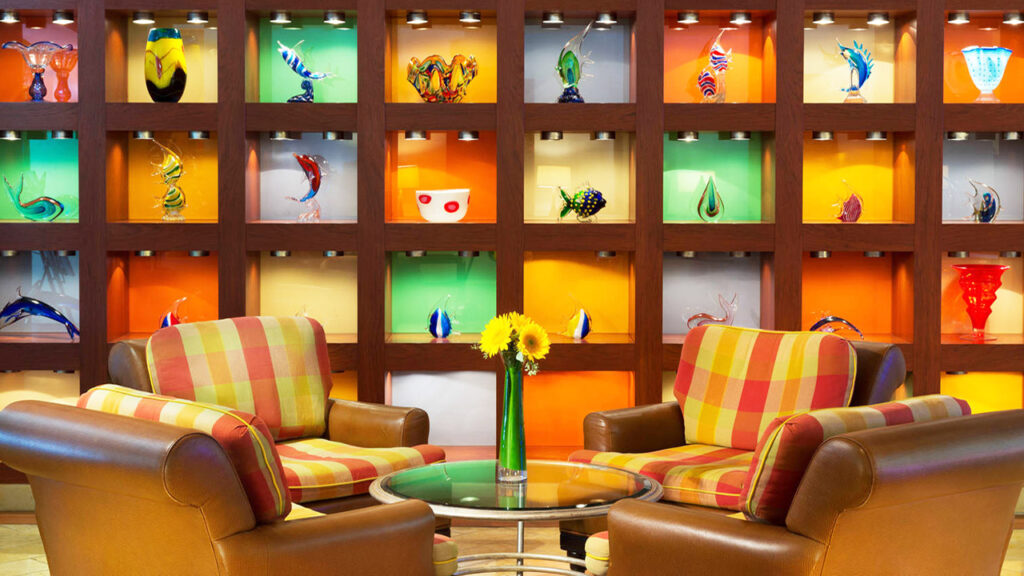How to Become an Architectural Lighting Designer
Architectural lighting designers work as part of a design team leading by an architect and bring into the work their knowledge about light and technics and also their sensitive touch. Designer has to be a combination of an engineer and an architect like a link between technical regulations and aesthetics requirements.

Architectural lighting designers work as part of a design team leading by an architect and bring into the work their knowledge about light and technics and also their sensitive touch. Designer has to be a combination of an engineer and an architect like a link between technical regulations and aesthetics requirements.
Light is the most important component for the creation of an environment and plays an effective role in the evolution of a space. Developing a lighting concept for an environment with artificial and/or natural light is “lighting design”.
Lighting design is a branch in which architecture, design, economy, construction, optics, ergonomics, electricity education, knowledge, and skills are used and also which requires technical knowledge of products and materials. Therefore lighting design includes more than one education and subject.
The most important issue in design is that each project must have its own story. It should be studied by considering the historical, cultural, socio-economic, architectural, and technological identity of itself and its environment.
Architectural lighting designer must analyze the space and its features, decide how to use light with most creative and useful way, study the function scheme and accordingly required lighting and brightness levels, standards and effects, specify cost-effective and energy-efficient products and solve the automation system and scheme according to the functions and ambient aesthetics.
Information exchange between the decision-makers of the project and the lighting designer is another important subject. This information flow should start at the architectural concept stage and continue during the development and implementation processes of the project. In this way, the architectural details that the lighting designer may want can be solved during the project phase and with the right product choices and applications, the environment and light effects wanted can be realized.
To clarify this issue, lighting designer should be able to select or design products according to his own design. However, he must discuss the lighting budget with the project owner so that a system that will remain within the budget can be determined.
When developing a lighting design, standards, sustainability, energy consumption, level of light pollution created should be taken into consideration, and in addition to technical values, original designs should be targeted instead of repetitive designs with the freedom and ability to create.
Lighting design is not a work that can only be done by using lighting computer programs as an operator. The output is the result calculated with the input, but the task is to create an environment. In other words, it is necessary to be able to enter correct and rational data and analyze the result with knowledge and experience, as well as some other topics that a good lighting designer should have knowledge besides the main education.
These topics are;
- architecture and light
- lighting design and technologies
- color science
- photography art
- circadian rhythm
- electricity, automation, innovative technologies
- environmental science and sustainability
- light pollution
- ergonomics
- optics
- light science
And of course, the experience and cultural knowledge of architectural lighting designer is extremely important like the educational background, professional degree, working years, having any expertise and license, network, the environments affected by, passion for light, sensitivity to the environment, architectural perspective, ability to solve problems.
In summary, the aim of the designer is to create a healthy, livable, safe, enjoyable, unique, suitable environment and to define the style and the personality of the space with light, to transfer the architect’s vision on the lighting plan, while doing so, without sacrificing commercial, architectural and ethical values.
Architectural lighting designer, regardless of his/her education, must be constantly open to new information, follow changing technologies and develop him/herself in the subjects I have listed above and expand his/her horizon.
And should never give up the principled and sensitive approach as it should be in every job. Because the real basis of the projects is directly related to the purpose of the work.
Sources:
https://aact.org/lighting-designer
https://www.iald.org/
https://study.com/articles/Become_a_Lighting_Designer_Step-by-Step_Guide.html
https://www.quora.com/What-is-the-role-and-function-of-a-lighting-designer
https://www.archlighting.com/industry/now-is-the-time-to-be-a-lighting-designer
https://www.archlighting.com/industry/choosing-a-lighting-designer_o





